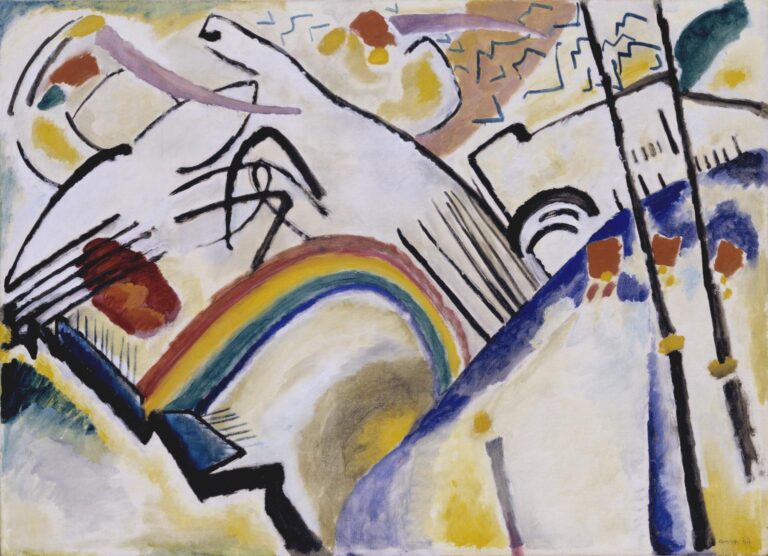The Serial Itch
If you’re like me, then you’ve been in a funk since Serial ended. The holidays came and went. The new year began. You muddled through it all with a sort of ennui. The anticipation that transformed Thursday into the highpoint of the week was gone.
Of course, you could start listening to Serial, the podcast investigating the murder of a high school girl, today. But it wouldn’t be the same. Claude Debussy said, “music is the space between the notes.” And that’s what’s missing for new listeners of Serial. The notes are still there. The space has evaporated.
As long as we’ve told stories we’ve understood how to achieve powerful effects on the listener by delaying the stories in cunning ways. Think, for example, of Scheherazade, the storyteller in One Thousand and One Nights. She keeps the king so engrossed night after night in her intertwining tales that he falls in love with her rather than killing her as he had planned to do.
Nevertheless, Scheherazade is as imaginary as the stories she tells. She is part of a frame narrative, a convenient way of uniting a series of stories that weren’t originally meant to go together. The serial as a deliberately crafted form is a different story. And that story begins with Charles Dickens. Dickens’s first novel, The Posthumous Papers of the Pickwick Club, was a pioneering work in the serial format. His system worked like this: he released a chapter or two at a time in roughly twenty installments, usually with about a month between each. That means the first readers of a classic like Oliver Twist experienced the story dose by dose for upwards of two years before finding out how it all turned out.
Two years is a seriously long serial itch. But on the question of whether the serial format was good or bad, Dickens’s contemporaries were divided.
Thomas Arnold, quoted in The Victorian Serial, for example, said he believed the serial format was “injurious” to a person’s character, and that, by “affording frequent matter for conversation,” serials distracted conversation from more serious and important matters.*
As time went on, many readers discovered that the serial format had benefits as well. Richard Holt Hutton, also quoted in The Victorian Serial, claimed that serialized fiction was “the only way in which human life itself, of which fiction is supposed to be the mirror, can be studied.” He explained that a great, psychologically complex novel like Middlemarch was best understood by those readers who “made acquaintance slowly . . . with all its characters, and discussed them eagerly with their friends, in all the various stages of their growth and fortune.”
So, which is it? Do serials teach us sympathy or do they titillate us with sensationalism? Do they help us make compassionate, slow judgments, or do they or gratify our most immediate appetites?
A serial, after all, is just a format, and it can do either one of those things. A format isn’t moral or immoral all by itself. What matters is how the work’s content responds to the problems a format creates for it.
One of these problems is the inevitable promise that a serial makes. After all that itching we demand closure and relief. Although Serial’s storyteller, Sarah Koenig, never promised in so many words that she was going to crack the case, many listeners wanted a definite conclusion: was the convicted killer guilty or not guilty? And many listeners became anxious when it seemed no satisfaction was in sight.
The first serials also made, broke, and sometimes fulfilled their promises to readers. The first edition of Dickens’s Our Mutual Friend even included a tiny strip of paper just before the first page promising readers they would understand the meaning of the work’s title by the time they reached the ninth chapter (chapter nine, unfortunately, didn’t appear until two months later!).
These were works of fiction, of course, but fiction still has rules, especially when, like most of the first serials, it was realist fiction. Nothing is worse than a too-good-to-be-true ending—nothing, that is, except maybe a flat, disappointing one—and novelists had to navigate this problem just as Koenig did.
In the twentieth century serial fiction lost much of its audience. And that makes us ask inevitable questions: Can we still understand it and appreciate it as its first readers did? What do we lose when we speed through a novel in a few weeks that originally appeared over the course of a few years?
Recently, the digitization of books has led some to attempt to reclaim the lost experience of serial fiction. Using digitized copies of the original installments researchers at Birkbeck, University of London have created the Our Mutual Friend Reading Project. Their website provides scans along with commentary (and even tweets) to match up with the 150th anniversary of the novel’s serialized publication dates.
And although Serial is over, many serialized classics are there waiting to be uncovered, waiting to make their promise all over again. With some effort and imagination you can get the itch, even 150 years later.


